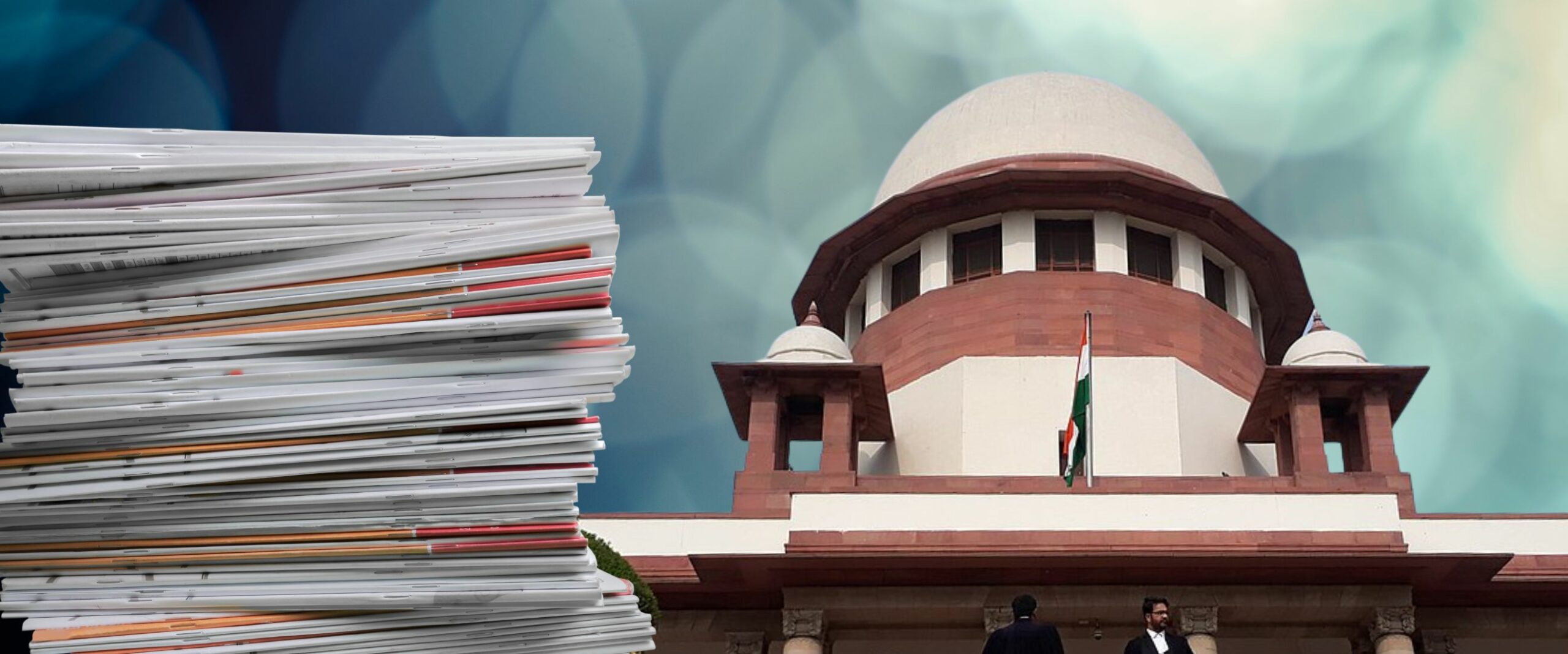Analysis
Making a Constitutional Court Work
DESK BRIEF: How the Judges run Constitution Benches is critical to determine if the Court can be an effective custodian of the Constitution.

With his sights set on a grand Constitutional Bench revival, Chief Justice U.U. Lalit formed 6 five-Judge Benches after he assumed the Chief’s office back in August. Now, a week remains in his 74 day tenure and hearings in 4 out of the 25 Constitution Bench cases listed have concluded. The formation of Constitution Benches may not be enough to restore the SC’s role as a Constitutional Court. How the Judges run Constitution Benches is just as pertinent to determine if the Court can be an effective custodian of the Constitution.
Constitution Benches pose a problem for the Supreme Court, which is currently languishing under the load of 69,461 pending cases. Five or more Judges are required to hear one case, delaying hearings before multiple smaller Benches. The pressure on Constitution Benches to use their time efficiently is immense.
Efficient time management, however, is rare at the Supreme Court. No rules exist to limit a lawyer’s time in hearings. No guideline imposes restrictions on the length of documents submitted to the Court. Hearings before 2 or 3-Judge Benches routinely go on for weeks. Judges and observers of the Court have found that this indiscriminate use of the Court’s time adds to the pendency problem.
In the absence of uniform rules, Judges must devise an efficient system for hearings. One Constitution Bench, led by Chief Justice Lalit, demonstrated some ways to manage the Court’s time. This Bench was hearing the challenges to reservations for Economically Weaker Sections (EWS) of society—a case which will have ripple effects across India’s affirmative action jurisprudence.
The EWS hearings, though complex, concluded in eight days. To achieve this, the Bench enforced a strict rule. All lawyers would limit arguments to a predetermined time, no arguments would be repeated, and a compilation of their arguments would be submitted to the Court before hearings started. Eight days to hear over 15 lawyers may not seem impressive by itself. However, consider that the same Court spent 14 days hearing three lawyers argue in Zakia Jafri’s petition to reopen the Gujarat Riots investigation earlier this year.
The EWS hearings offer one method for the Court to efficiently run Constitution Benches. However, there are two other issues affecting the efficiency of Constitution Benches that the SC must consider.
The first concern is proper allocation of cases. Justice Indira Banerjee was assigned to lead a Constitution Bench and hear four cases less than a month before her retirement. Three of these four cases remain unheard. With her retirement, the Chief Justice must make a new Constitution Bench to hear these cases.
Second, six Constitution Benches (including the now dissolved Justice Banerjee’s Bench) were formed in the past two months. This means, at any given point, 25 judges were assigned to active Constitution Benches. In the initial days, each bench spent at least 2.5 to 3 hours of hearings on housekeeping. They compared the availability of dozens of lawyers with their own calendars to decide a schedule for hearings. In the process, arguments about the validity of the cases were raised, which will be repeated once final hearings begin. The Court’s time may have been better spent if scheduling was handled out of Court.
Two months after a historic revival, 21 out of 25 listed five-Judge Bench cases remain pending. Efficient time management is the only way the Court can dispose of these crucial cases, while simultaneously managing tens of thousands of pending smaller Bench cases. What day-to-day challenges does the Court face due to lawyering styles and lengthy submissions? What lessons do other Supreme Courts across the world offer us to tackle these problems? Read SCO’s deep dive into the issue to find out.